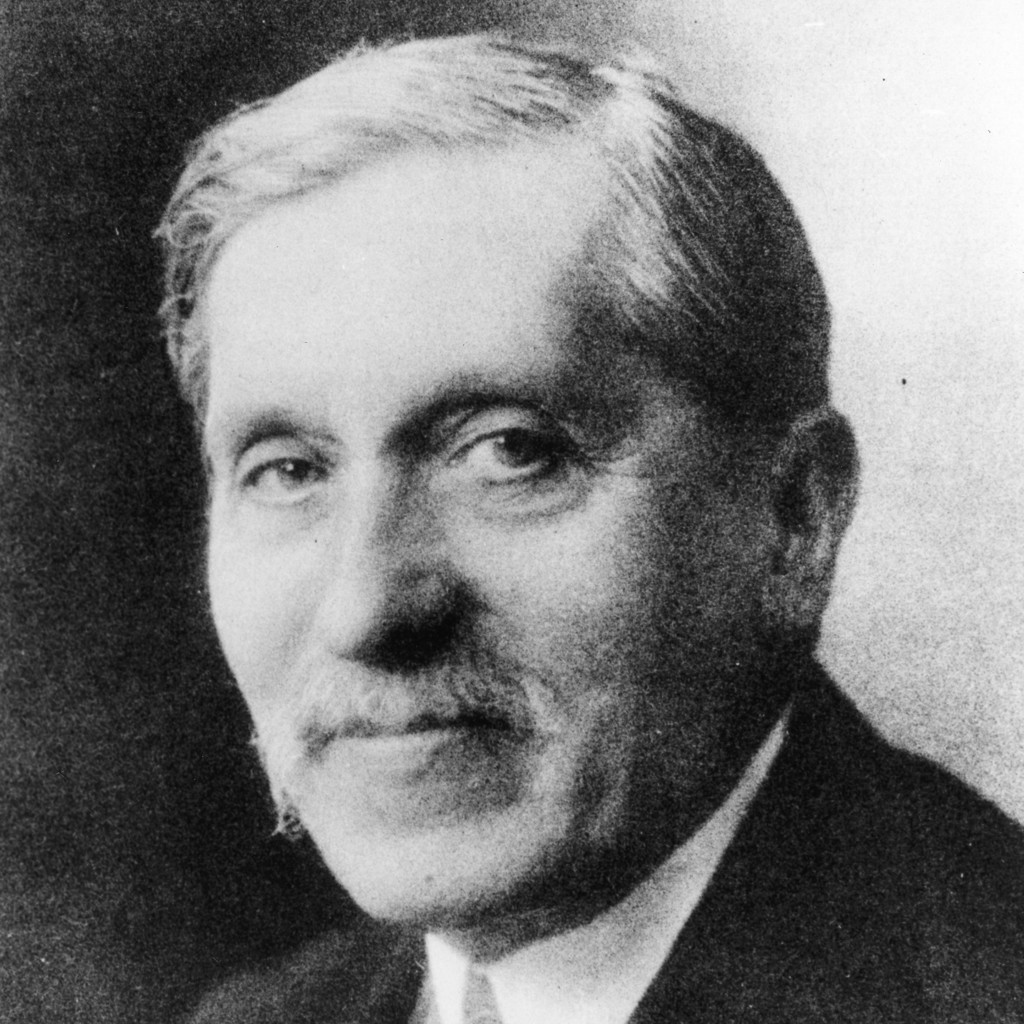Charles Fabry
Charles Fabry

Source: AIP Emilio Segrè Visual Archives, E. Scott Barr Collection
Perhaps best known as one-half of the team that developed the Fabry-Perot interferometer, OSA Honorary Member Maurice Paul Auguste Charles Fabry also had a passion for teaching and popularizing science. He was born in Marseille, France in 1867 and developed a great interest in astronomy by viewing the night sky with his two brothers.
Fabry joined the staff of Marseilles University, France, in 1894. His early studies centered on light interference. Two seminal papers on the visibility and orientation of interference fringes led to Fabry’s renown as a leader in optics and spectroscopy. Along with collaborator Alfred Pérot, Fabry implemented his theory of light interference when the two designed the Fabry-Pérot interferometer. They began development in 1896 and completed the instrument two years later. The team published 15 papers describing their instrument and its ability to measure wavelengths of light in such applications as metrology, spectroscopy and astrophysics.
Fabry’s collaboration with Henri Buisson led to standards for spectroscopy, confirmation of Doppler broadening in the emission lines of helium, neon, and potassium, as well as observation of the Doppler effect in the laboratory. Since the interferometer could provide high spectral resolution for planets or stars and medium to high resolution for nebulae and galaxies, Fabry pursued a number of studies in astronomy. In 1913 Fabry and Buisson discovered the ozone layer in the Earth’s upper atmosphere. Sixteen years later, Fabry hosted the first international meeting on atmospheric ozone.
Keenly aware of the need for better instrumentation, Fabry also pursued new designs for photometers to measure the intensity of spectra created in the laboratory and transmitted from space. Photometers played a key role in Fabry’s understanding of how the Earth’s atmosphere halts solar radiation in the ultraviolet range.
In 1921, Fabry became a professor of physics at the Sorbonne in Paris, France and later was the first director of the Institute of Optics, Paris. Five years later he took on the position of professor at the Ѐcole Polytechnique, replacing his early collaborator Pérot. During his career Fabry published 197 papers, 14 books, and over 100 works written in plain language to convey science to laymen.
Fabry’s lecture style was so easy and understandable that his courses were filled to capacity. His listeners included students, engineers, and others interested in listening to his dynamic presentations. He was honored for his considerable body of work with the Royal Society of London’s Rumford Medal, the Henry Draper Medal from the National Academy of Sciences (U.S.), and the Franklin Institute’s Benjamin Franklin Medal. He was also elected to the French Academy of Sciences.
In 1933, he, along with Edward Bausch, was named an Honorary Member of the Optical Society in recognition of his preeminent service in the advancement of optics.
During World War II, Fabry participated in covert optics research but poor health at the end of the war caused him to return to Paris.
Fabry died in 1945.
...at several times we have thought that optics was a finished science, where the last word had been said, or almost. Each time the discovery of new facts, the overthrow or extension of accepted theories, reminded us that science is never finished.
Document Created: 26 July 2023
Last Updated: 18 July 2025
